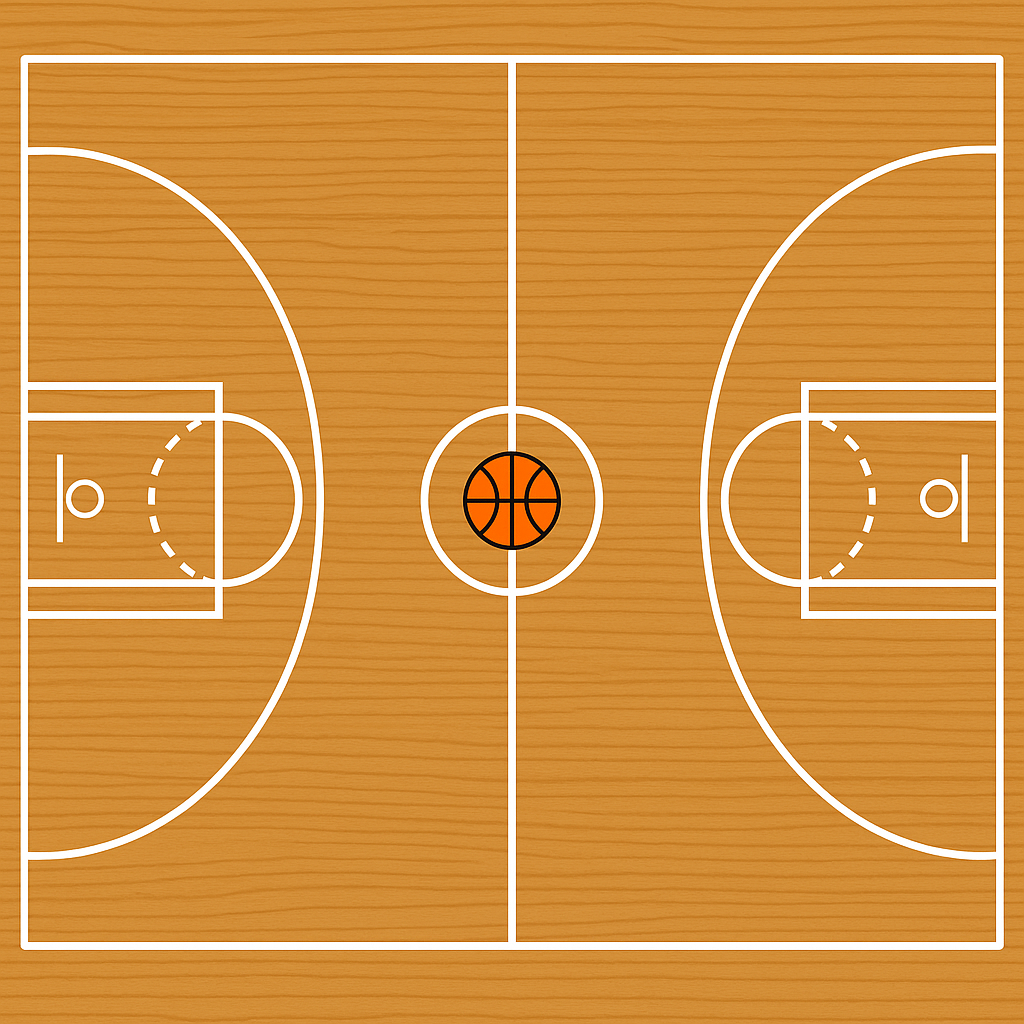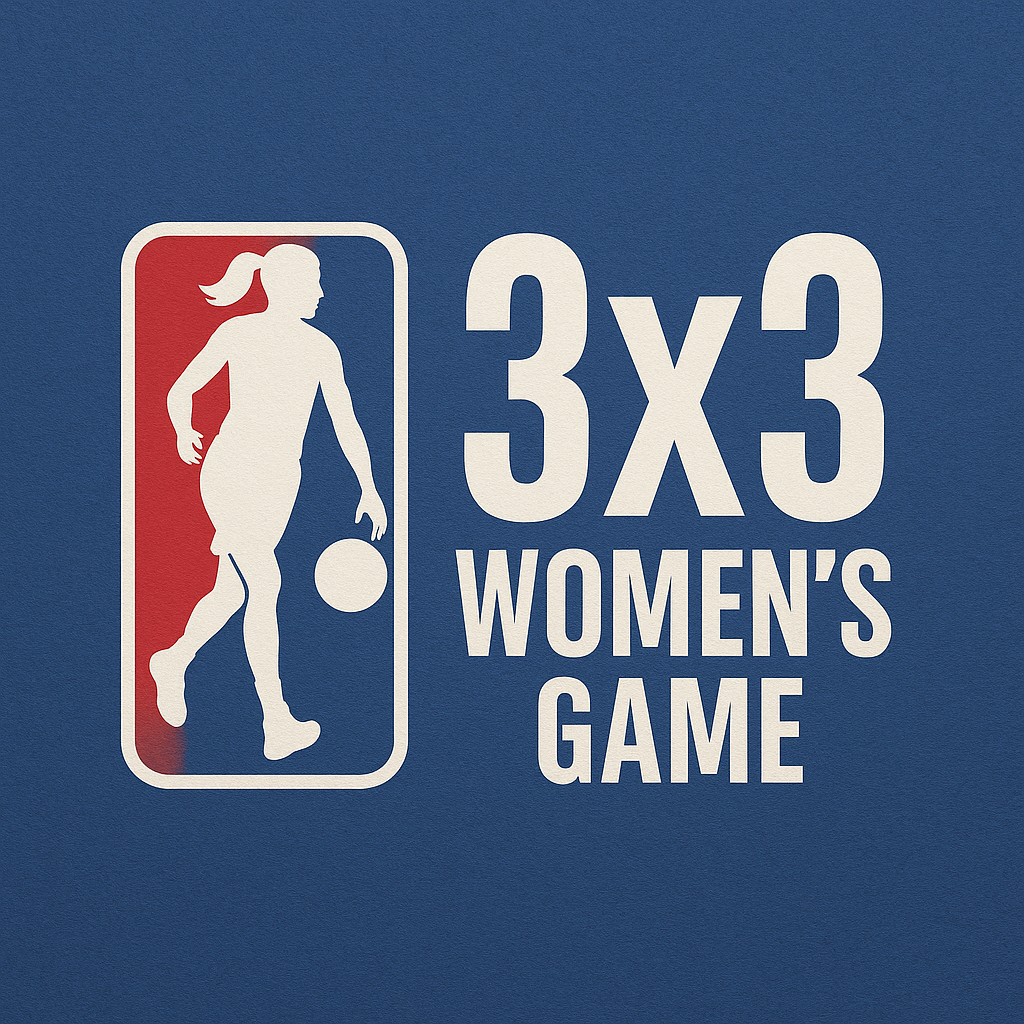Rise Of Basketball
Basketball’s popularity has exploded worldwide. According to a recent FIBA-sponsored study, nearly 3.3 billion people aged 16–69 are interested in the sport, making it the world’s second most popular game after soccerabout.fiba.basketball. In fact, about 80% of young people (16–29) report following basketballabout.fiba.basketball. This global boom spans continents and cultures: from street courts in Manila to arenas in Paris, the sport has firmly taken root around the world.

Invention and Early Adoption of Basketball
Basketball began as a simple classroom idea in 1891. Canadian-American physical education instructor James Naismith was tasked with creating a new indoor game at the YMCA Training School in Springfield, Massachusettsbritannica.com. He nailed up peach baskets as goals and wrote 13 basic rules. Naismith’s rules (e.g. no running with the ball, limited contact) still form the foundation of the modern gamebritannica.com. The first contests featured nine players per team on the court (later reduced to five), and players used ladders to retrieve balls from the peach basketsbritannica.com. Through the YMCA’s vast network and growing college programs, the sport spread rapidly across North America. By 1936 it was included as an Olympic sport, signaling its early international appeal. In short order, it had jumped from a gymnasium experiment to a global phenomenon, played in schools and clubs around the world.
NBA’s Global Basketball Outreach
The NBA has played a major role in globalizing the sport. In recent years, the league has treated international games as a key component of expanding its worldwide presence. Events like the annual NBA Paris Games bring live action to Europe, and preseason or even regular-season contests now take place in countries such as Mexico, China, and England. These international matchups allow fans to witness top-tier competition firsthand. At the same time, the NBA’s broadcast and streaming deals span the globe, delivering games to over 200 countries in more than 50 languages.
The league’s player base has also become more diverse than ever. The 2023–24 season began with a record 125 international athletes from 40 countries across all six continents. Many of them – like Giannis Antetokounmpo (Greece), Nikola Jokić (Serbia), and rising star Victor Wembanyama (France) – have become global icons with massive followings in their home nations and beyond. These stars serve as ambassadors for the game. According to NBA executive Leah MacNab, international players – including the last six MVPs – drive incredible interest in their home countries and expand the sport’s influence. Wembanyama’s rookie season alone attracted over 1.3 billion views on the league’s social-media platforms. This growing enthusiasm is further supported by new initiatives, such as the NBA’s Basketball Africa League (in partnership with FIBA), which invest in talent development and community engagement around the world.
Youth Basketball Development Worldwide

The global game is only as strong as the next generation, so international youth development programs have proliferated. At the elite level, Basketball Without Borders (BWB) – a joint FIBA/NBA camp initiative founded in 2001 – has held dozens of worldwide camps. To date BWB has staged 77 camps in 51 cities across 33 countries and six continents, reaching 4,572 young athletesbwb.nba.com. Many NBA and WNBA players (like Joel Embiid and Pascal Siakam) once attended BWB camps. Similarly, FIBA runs regional youth camps and tournaments to nurture talent; its Youth Development Program in the Americas offers clinics and competitions to expand access to the sportabout.fiba.basketball.
Olympic and International Basketball Success
Major global competitions have solidified the sport’s international appeal. Events like the FIBA World Cup and the Olympic Games consistently attract massive audiences. For example, the 2019 FIBA World Cup drew a TV viewership of over 3 billion and 1.5 billion social-media video views (sportsbusinessjournal.com). Its gold-medal match between Spain and Argentina attracted 160 million viewers worldwide (en.wikipedia.org). Similarly, the 2024 Paris Olympics set new records: FIBA reported 2.7 billion impressions and 330 million video views across social media platforms—about ten times more than Tokyo 2020 (basketnews.com). Attendance reached a historic high as well, with more than 1,078,319 fans attending both the men’s and women’s competitions combined (basketnews.com).
These tournaments have also highlighted the growing strength of national teams outside the U.S. While the American men’s team once dominated, recent years have seen a more competitive field. Spain captured the 2019 World Cup title, and in 2023, Germany claimed its first championship by defeating Serbia in the final (fiba). Canada also made history by securing its first medal—bronze—in the same tournament by overcoming the USA (fiba). On the Olympic stage, nations such as Argentina (gold in 2004) and Spain (multiple medals) have long been formidable challengers. The women’s game mirrors this trend: although the U.S. has secured numerous Olympic titles, teams like Australia, Russia/USSR, Belgium, and France have risen in stature and competitiveness. Altogether, the rise of elite programs around the world shows how the sport has evolved into a truly global force.
You can also read about Olympic
New Frontiers in Basketball: 3×3, Women’s Game, and Technology
Beyond traditional 5-on-5 basketball, 3×3 has surged in popularity. This fast-paced, half-court, three-on-three format—originating from streetball—made its Olympic debut at Tokyo 2020 and returned at Paris 2024, drawing a younger, urban audience. With one hoop and a 12-second shot clock, its simplicity and intensity have made it popular worldwide, especially among youth.

The women’s game is also growing rapidly. At Paris Olympics, interest and engagement in the women’s tournament tripled compared to Tokyo 2020, setting attendance records fueled by strong support for both genders. Professional leagues like the WNBA and EuroLeague Women, along with increased media coverage, have propelled female players to international fame.
Digital media and technology are expanding basketball’s global reach. Victor Wembanyama’s rookie season alone garnered over 1.3 billion digital views. FIBA’s international tournament platforms have shattered previous engagement records.
Training is evolving through technology too. AI-powered tools like the HomeCourt app offer real-time feedback on shooting and ball-handling, making elite coaching accessible worldwide. Together, digital platforms and smart tech are connecting fans and developing talent, accelerating basketball’s global growth.
Sources:
The history and evolution of basketball are documented by Britannica and other historical sourcesbritannica.combritannica.com. Current trends and statistics are drawn from the NBA, FIBA, and news reports (GlobalEDGE, BasketballNews, Sports Business Journal, etc.)globaledge.msu.edubasketballnews.combasketballnews.comsportsbusinessjournal.comfiba.basketballbasketnews.com. These confirm basketball’s broad reach and growing popularity on every continent.
